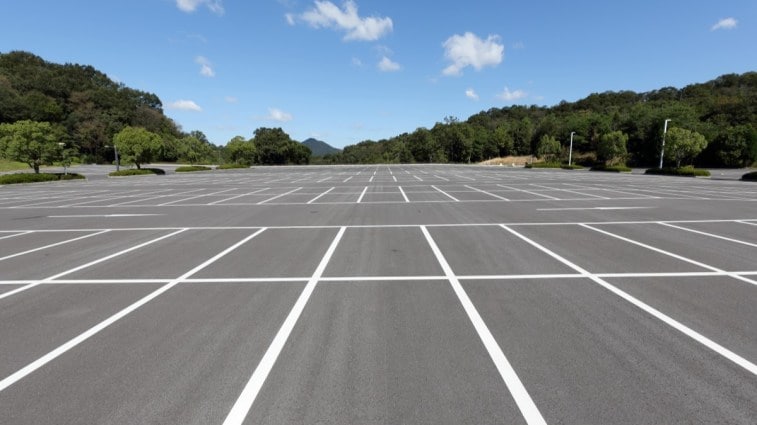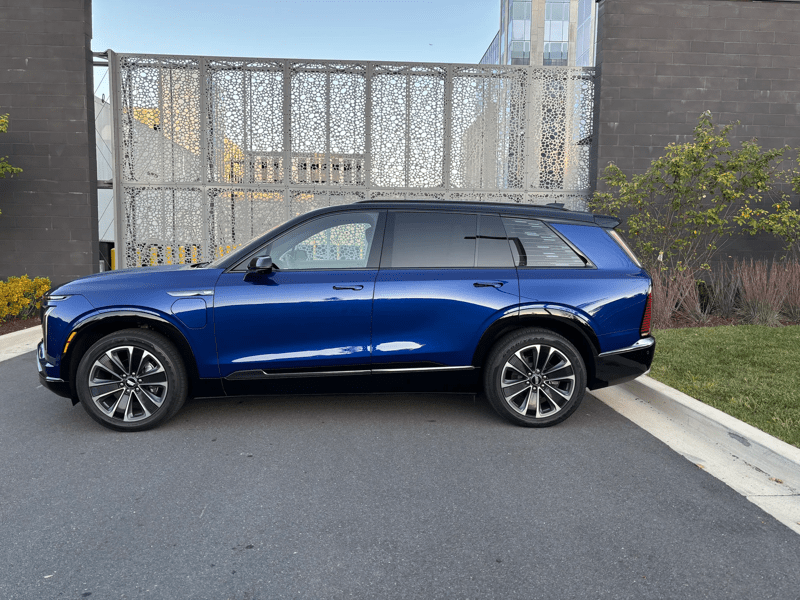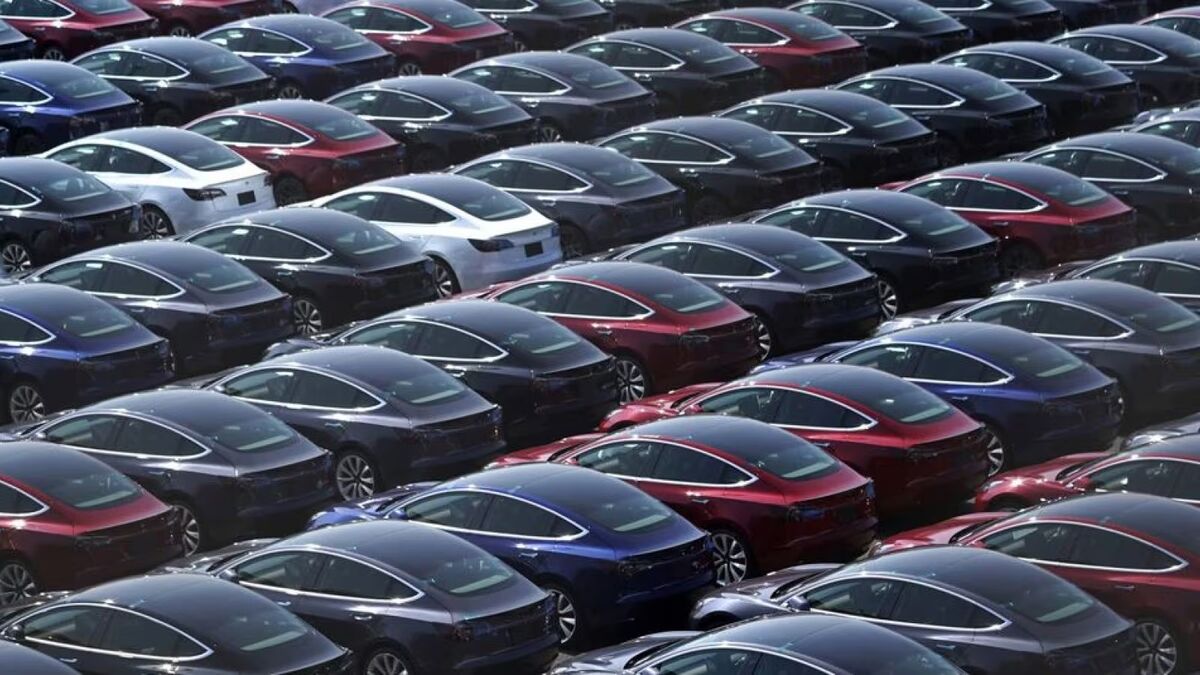
The survey comes from the Sierra Club and has important limitations.
It surveyed just 801 dealerships (America has nearly 17,000, according to the National Automobile Dealers Association). It selected them through the website Auto Buy Sell Dealers, which has listings for a limited subset of dealerships. But researchers aimed for a representative sample of dealers and estimated that their study has just a 3.5% margin of error.
Limited Supply Part of the Problem
Forty-four percent of dealers who didn’t have an EV or PHEV on the lot told the researchers “they would offer an EV for sale if they could get one.”
Supplies of most cars have been limited in 2023 due to a global microchip shortage that is beginning to ease.
But supplies of electric cars have been even thinner. Automakers are just beginning to scale up EV production. Ford, for instance, is expected to begin accepting new orders for its F-150 Lightning pickup this week after scaling up production enough to clear a years-long backlog.
Just as automakers were securing global supply chains to produce more EVs, Congress threw them a curveball. The Inflation Reduction Act passed last summer provides tax incentives only for EVs built in North America with battery minerals mined in the U.S. or certain trade partners.
Related: A List of Vehicles That Qualify for New EV Tax Credits
Automakers have begun moving EV production to the U.S. as a result, but shifting global battery supply chains to exclude Chinese minerals is taking time. When the IRS enacted battery mineral limits earlier this year, it excluded many EVs from the tax breaks. Over time, we expect them to qualify again as automakers build new supply networks.
Dealer Reluctance Sometimes a Factor
However, 45% of dealers contacted told researchers they wouldn’t sell an EV if they could.
The survey didn’t explore their reasons. Some dealers may be reluctant because EVs might disrupt the traditional dealership business model. In theory, EVs have fewer moving parts and should need less maintenance — though studies so far have not borne that out.
Related: America Splits Into Thirds on Electric Cars
Much of the reluctance, though, may have a much simpler explanation. Charging infrastructure remains poor, making EVs impractical for many across large stretches of the country. Researchers found dealerships in large Western states with low population density least likely to have an EV or PHEV in stock. Those in the Southeast, with greater population density, were most likely to have one available for sale.
Big Differences Between Automakers
Each automaker has its own approach to electrification. That’s apparent in a census of electrified cars for sale. Ninety percent of Mercedes-Benz dealers surveyed had at least one in stock. More than 75% of BMW dealers had one as well.
Excluding EV-only automakers like Tesla and Rivian, no other automaker scored over 50%. Honda and Toyota — late to the EV game — finished last. Just 11% of Honda dealers and 15% of Toyota dealers had something to offer.
Direct Sales Had Little Impact
Not every automaker, however, sells cars through independent dealerships. Some states allow automakers to operate their own stores. Others forbid the practice, requiring automakers to sell through third-party dealerships.
Newer, EV-only automakers like Tesla and Lucid tend to operate their own stores where allowed and sell cars only online in states that would require them to work with independent dealers.
The Sierra Club found that the presence of automaker-owned EV stores made no real difference in whether dealers kept EVs in stock. But allowing direct sales makes a big difference in how many EVs get sold. “Direct sales accounts for only 23 states, but sold 65 percent of the nation’s EVs, while non-direct sales accounts for 28 states (including DC), but only sold 35 percent of the nation’s EVs,” they wrote.
Much of This Problem May Solve Itself
EV sales are growing quickly.
Just 3.2% of new cars sold in 2021 were EVs. In 2022, the same figure grew to 5.8% — more than 800,000 new electric cars on the road. Kelley Blue Book parent Cox Automotive projects that EV sales will cross the 1 million mark this year with plenty of room to spare.
Dealerships are businesses, and businesses inevitably make decisions that make them money. Many will develop EV sales strategies as demand increases.
Researchers found poor sales tactics at some dealerships. Those businesses will doubtless get better at selling electric cars as more customers show up looking for them.
Others are reluctant to sell EVs because there’s little demand for them in their community. Infrastructure is holding back EV adoption. But, as charging networks grow and get easier to navigate, that will likely change.
It’s normal for advocates like the Sierra Club to push for faster adoption. But we expect many of these problems to ease as the automotive industry and America’s energy infrastructure adapt to the demand for new EVs.
Browse dealer reviews, or share about your experience at a dealership here.







